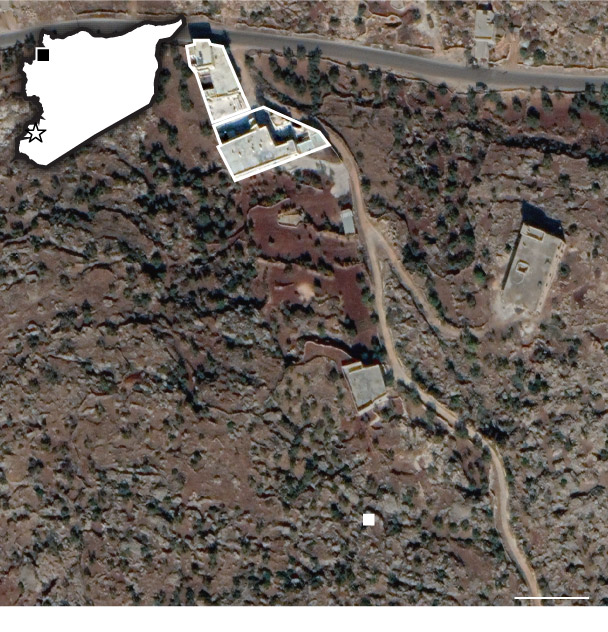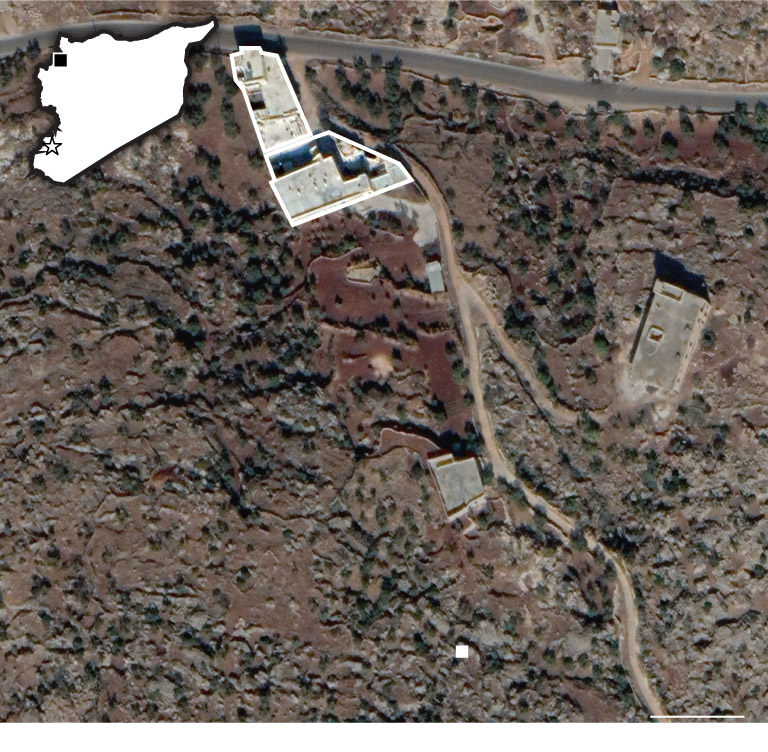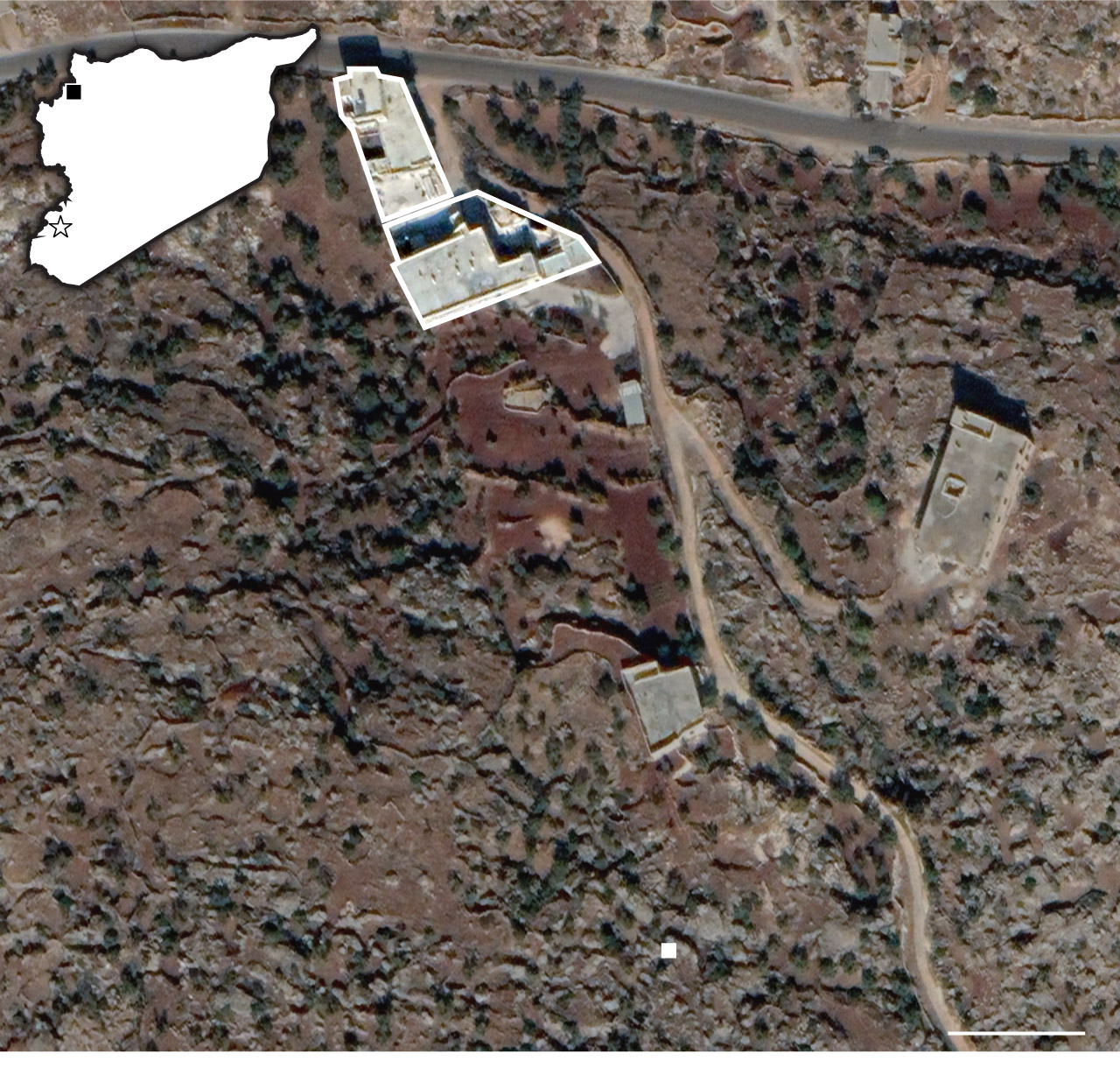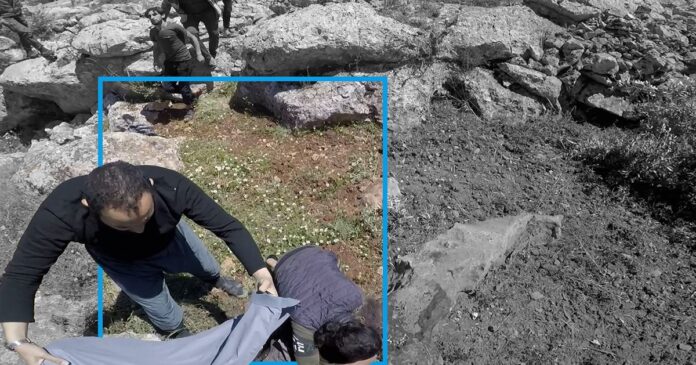Exclusive
The acknowledgement comes as terrorism experts and the dead man’s family have cast doubt on a Pentagon statement indicating the operation targeted a high-ranking militant in Syria
Lotfi Hassan Misto, 56, whose family identified him as the victim of a Hellfire missile attack on May 3, was a former bricklayer who lived quietly in this town in northwest Syria, according to interviews with his brother, son and six others who knew him. They described a kind, hard-working man whose “whole life was spent poor.”
The operation was overseen by U.S. Central Command, which claimed hours after the strike, without citing evidence or naming a suspect, that the Predator drone strike had targeted a “senior Al Qaeda leader.” But now there is doubt inside the Pentagon about who was killed, two U.S. defense officials told The Washington Post.
“We are no longer confident we killed a senior AQ official,” one official said. The other, offering a slightly different view, said “though we believe the strike did not kill the original target, we believe the person to be al-Qaeda.” Both spoke on the condition of anonymity to discuss preliminary determinations of an ongoing investigation into the incident.
In the weeks since the attack, U.S. military officials have refused to identify publicly who their target was, how the apparent error occurred, whether a legitimate terrorist leader escaped and why some in the Pentagon maintain Misto was a member of al-Qaeda despite his family’s denials.
In a statement, Michael Lawhorn, a spokesman for Central Command, said officials are aware of reports of a civilian casualty and continue to assess the outcome.
“Centcom takes all such allegations seriously and is investigating to determine whether or not the action may have unintentionally resulted in harm to civilians,” Lawhorn said Thursday.
Typically the Pentagon will widen such investigations if enough credible evidence of civilian harm emerges, raising questions in this case about whether the information used to authorize the attack has held up to scrutiny.
Last year, facing accusations the military had covered up past instances of errant airstrikes that killed innocent people, the Biden administration vowed to take steps it said would reduce such risks while promising greater transparency when unintended killings do occur. Investigations conducted by multiple media outlets, including The Post, have revealed how flawed intelligence and what the military calls “confirmation bias” have led to disaster, including a 2021 strike during the U.S. evacuation of Afghanistan that officials initially declared had resulted in the death of a suicide bomber but instead killed 10 Afghan civilians, including 7 children.
The Post provided four terrorism experts with details about Misto and where he lived, and asked them to survey online discussions among jihadists after the strike for any talk about the attack in Qorqanya. None found references indicating Misto was affiliated with a terrorist group. And each said it would be very unusual for al-Qaeda — particularly a senior leader — to operate in any meaningful way near the area, which is controlled by a rival group that split from the organization years ago and now considers al-Qaeda an adversary.
The drone strike occurred near Misto’s home and chicken farm. The Post shared those coordinates with one of the U.S. defense officials, who said the location is near a “known area of interest” to al-Qaeda but declined to specify which building or buildings were of concern to the United States. Misto’s neighbors told The Post that terrorists do not live or operate near the home.

Lotfi Hassan Misto’s home
Satellite image © 2023 Maxar Technologies via Google Earth

Lotfi Hassan Misto’s home
Satellite image © 2023 Maxar Technologies via Google Earth

Lotfi Hassan Misto’s home
Satellite image © 2023 Maxar Technologies via Google Earth
It is unclear whether American commanders overseeing the strike realized Misto lived close by, and whether his home’s proximity to the “known area of interest” to al-Qaeda was a factor in their belief that he was a militant.
The Post obtained images showing Misto’s face before and after his death and provided those to Central Command. Officials there have not said whether they believe he is the man killed in the strike. Two facial recognition experts who reviewed the imagery said they were confident it showed the same person, with one expert’s analysis reaching 90 percent certainty. A third found inconclusive results.
Details about what transpired before and after the U.S. attack were gathered from interviews with Misto’s family and neighbors and images provided by the Syrian Civil Defense, a humanitarian response group often referred to as the “White Helmets” which responded to the strike location within minutes.
Misto’s neighbors described his routines of drinking tea with family and friends, tending to his animals and leaving home mostly to pray at his mosque. He was a traditional Muslim, they said, and did not own a phone.
The morning of May 3 was unremarkable, his son Hassan said. Misto gathered with family at about 7:30 a.m. “We had breakfast that morning like there was nothing wrong. We had breakfast and everything was fine, and then he went to herd his sheep,” the son recalled.
Misto took a break after a few hours outside near his home to have tea with his brother. They parted ways around 11:30 a.m., and he returned to his animals as they grazed in a rolling field of shrubs, twisting trees and rock outcroppings.
An MQ-9 Predator drone soared overhead, tracking Misto’s footsteps through the field. Such aircraft had been surveilling the area for nearly two weeks, neighbors said. The Hellfire missile hit him not far from where he had tea with his brother just 20 minutes earlier.
The explosion sent a pillar of smoke into the bright blue sky, raising alarm in the town.
A local resident contacted the White Helmets through an emergency number, and a team of first responders arrived within 10 minutes. At least one wore a video camera on his helmet.
The previously unpublished video, which was provided to The Post, shows a dozen people standing nearby as the aid workers arrive. Most stare in shock. Some cry.
The video shows two men attempting to pull one of Misto’s sons, Muhammed Misto, away from his father’s severely disfigured body as another man covers it with a shirt. Misto’s wife identified her husband’s remains to the White Helmets, a spokesperson said, who then took the body to a hospital in town.
Video and images published online show sheep’s corpses intermixed with fragments from the missile.
Typically, when al-Qaeda leaders are killed, sympathizers announce their deaths online as a celebration of martyrdom, said Jerome Drevon, a senior analyst on jihad and modern conflict with the International Crisis Group. If the victim was a lower level member of the organization, groups may not announce their death, he said, but people close to them will, often saying how they were connected to the group. In this case, Drevon said “there was nothing.”
Rita Katz, executive director of SITE Intelligence Group, which closely tracks online activity of jihadist organizations, did not find anything online that suggested Misto was active with or tied to al-Qaeda. None of the posts Katz reviewed cast doubt on Misto’s civilian status, she said.
“Very quickly after this strike, the White Helmets came out and identified the individual with his name and his profession. Locals came forward to say, this guy’s always been a farmer. He’s never had any political activities; he’s never had any affiliation with armed groups,” said Charles Lister, the director of Syria and Countering Terrorism and Extremism at the Middle East Institute. “The pace and breadth of such push-back was actually quite unusual.”
Hayat Tahrir al-Sham, a militant group that controls the de facto local government and military force in Syria’s Idlib Province, visited the site later in the day and removed missile components. A spokesperson for the group, also known as HTS, told The Post the victim was a civilian. The group did not respond to additional questions or requests for comment.
HTS, a U.S. designated terror group, was affiliated with al-Qaeda but broke ties in 2016 and has since removed anyone from the area who does not agree with their viewpoints, the experts said.
Even if a few al-Qaeda leaders are still on the ground in Idlib province, Drevon said, “they literally can’t act since HTS has forbidden them from conducting any military activities. All of them are surviving underground or living on the run. They know well that HTS can arrest them at any time.”
In interviews, Misto’s family and longtime neighbors said the accusation of an al-Qaeda affiliation struck them as bizarre.
“He was born here and died here,” said a neighbor who called himself Abu Zaid.
Misto’s brother was more pointed. “If they claim that he’s a terrorist, or that they got someone from al-Qaeda,” he said, “they’re all liars.”
Kelly and Horton reported from Washington and Piper reported from London. Sarah Dadouch in Beirut, Cate Brown in Washington and Nilo Tabrizy in New York contributed to this report.



